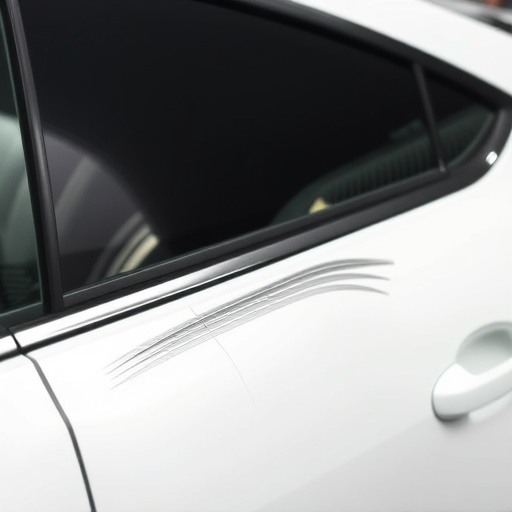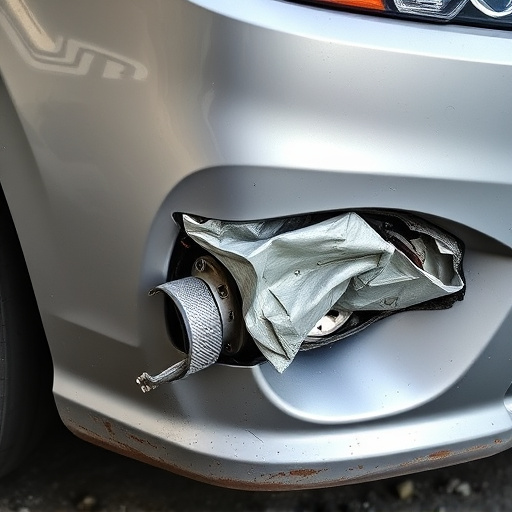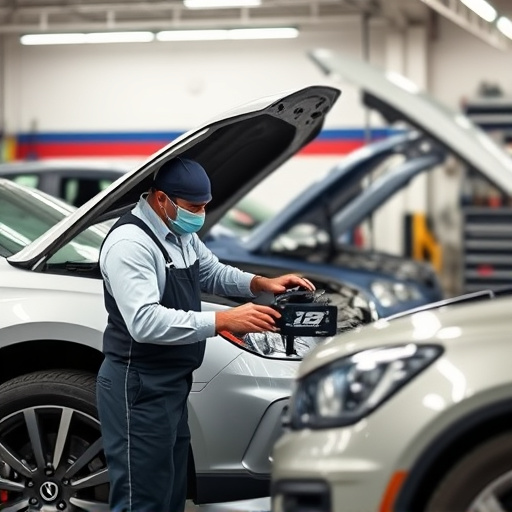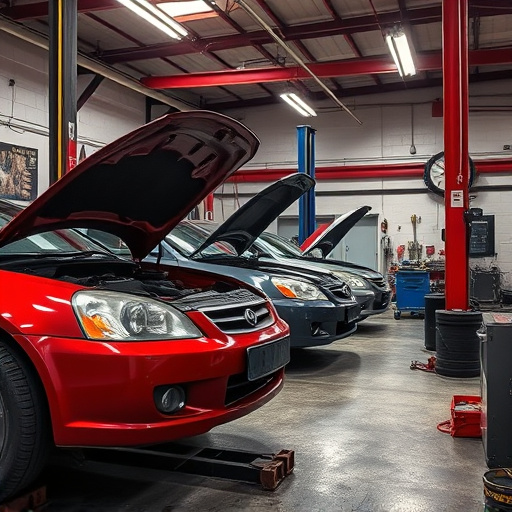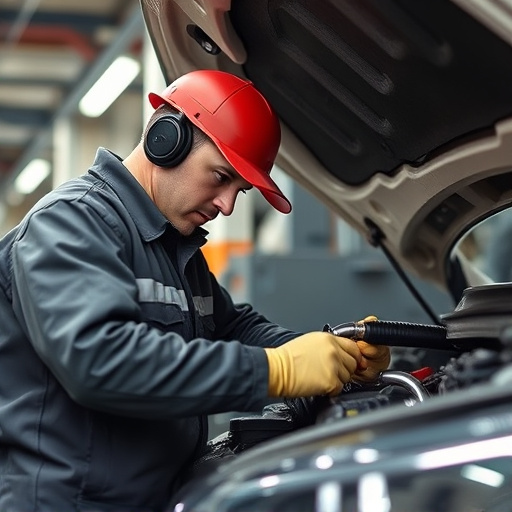Power window repair can be straightforward for simple issues but becomes complex with modern vehicles' intricate parts, requiring custom ordering and longer lead times. Weather conditions, such as heavy storms, may cause visible damage and delay repairs. Finding qualified technicians is crucial but high demand or resource dispersion in shops can lead to wait times, emphasizing the importance of proactive scheduling for a smoother process.
Power window repair can be a delicate process, with delays stemming from several factors. This article delves into the complexities of power window mechanisms, highlighting how specialized parts and their availability can significantly impact repair timelines. Additionally, it explores weather-related damage assessment and the challenge of finding qualified technicians. Understanding these aspects is crucial for setting realistic expectations and ensuring timely resolution during power window repair.
- Complex Mechanisms: Delays in Specialized Parts
- Weather Impacts and Outdoor Damage Assessment
- Finding Qualified Technicians: Availability Issues
Complex Mechanisms: Delays in Specialized Parts

Power window repair can be a relatively straightforward process for basic issues like motor replacements or cable adjustments. However, when it comes to complex mechanisms, especially in modern vehicles, delays are more common. Specialized parts used in power window systems often require custom ordering and longer lead times due to their intricate designs. These components, such as advanced sensors, microprocessors, and high-precision gears, are crucial for precise and safe operation.
For fleet repair services or vehicle dent repair shops handling multiple cars simultaneously, sourcing these specialized parts can take additional time. In the event of rare or hard-to-find items, automotive collision repair experts may need to wait for manufacturers to produce them, causing delays in the overall repair process.
Weather Impacts and Outdoor Damage Assessment

Weather conditions can significantly impact the timeline for power window repair, often causing delays that are beyond a mechanic’s control. Extreme weather events like heavy storms or strong winds might leave visible damage to a vehicle’s exterior, which could complicate the repair process. For instance, broken glass or shattered components from severe weather may require additional time for replacement and sourcing. These unexpected setbacks can prolong the overall duration of repairs, especially if specialized parts are needed that take time to arrive.
During an initial assessment, mechanics will carefully inspect the vehicle for any outdoor-related damage, including car dent removal, bumper repair, or even restoration work. Such external factors can influence how easily and quickly power window repair services can be executed. Understanding these weather-related delays is essential for setting realistic expectations when scheduling car maintenance or repairs to ensure a smoother process.
Finding Qualified Technicians: Availability Issues

When it comes to power window repair, finding qualified technicians is paramount. However, availability issues can arise, leading to potential delays in service. Reputable car repair shops often have a team of experts specializing in various aspects of automotive restoration, including power windows. Yet, due to high demand or specialized training requirements, these skilled technicians might not always be immediately available.
This situation is further complicated by the fact that many auto repair facilities also offer tire services and other general maintenance tasks, which can disperse their resources. As a result, even with qualified staff in place, clients may experience wait times. Being proactive by scheduling appointments in advance or checking with the shop’s availability is key to managing expectations and minimizing delays in getting your vehicle’s power windows functioning smoothly again.
Power window repair can be delayed due to complex mechanisms requiring specialized parts, weather impacts on outdoor components, and challenges in finding qualified technicians. Understanding these potential roadblocks allows for better preparation and informed decision-making when scheduling or addressing power window repairs.

